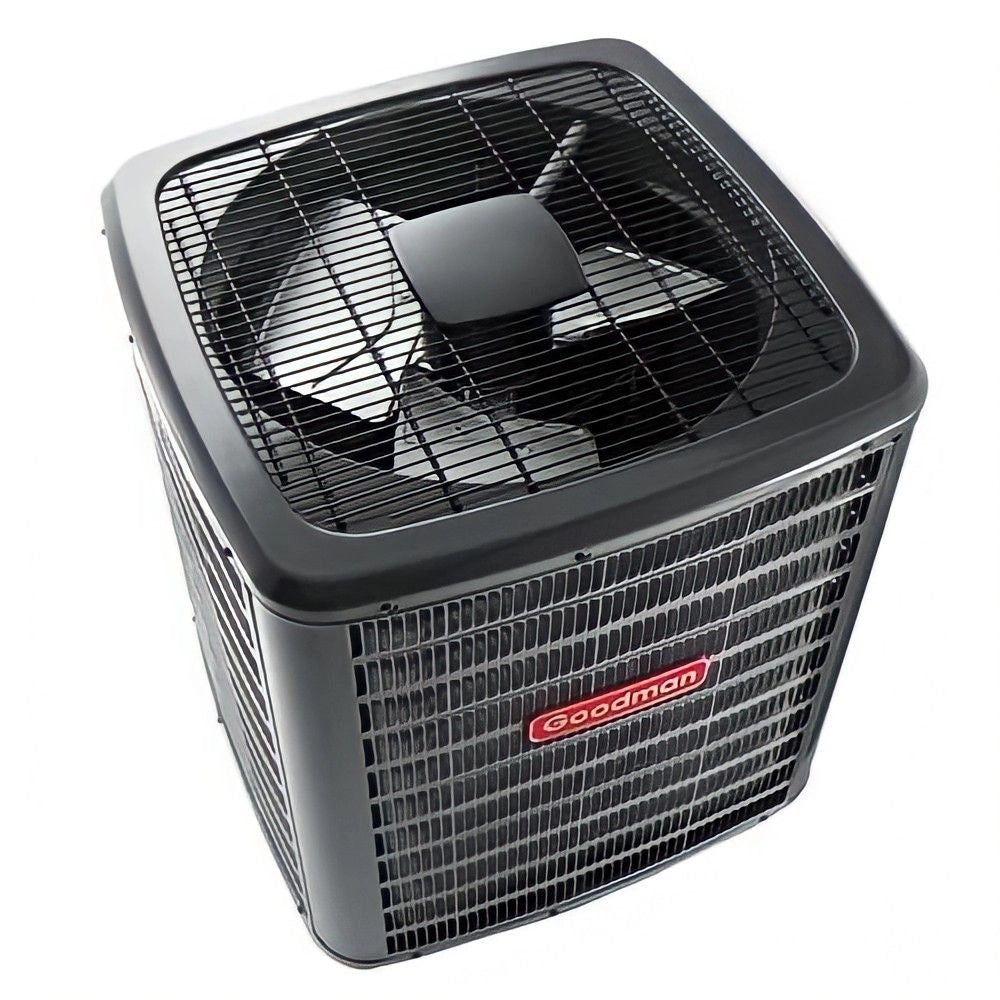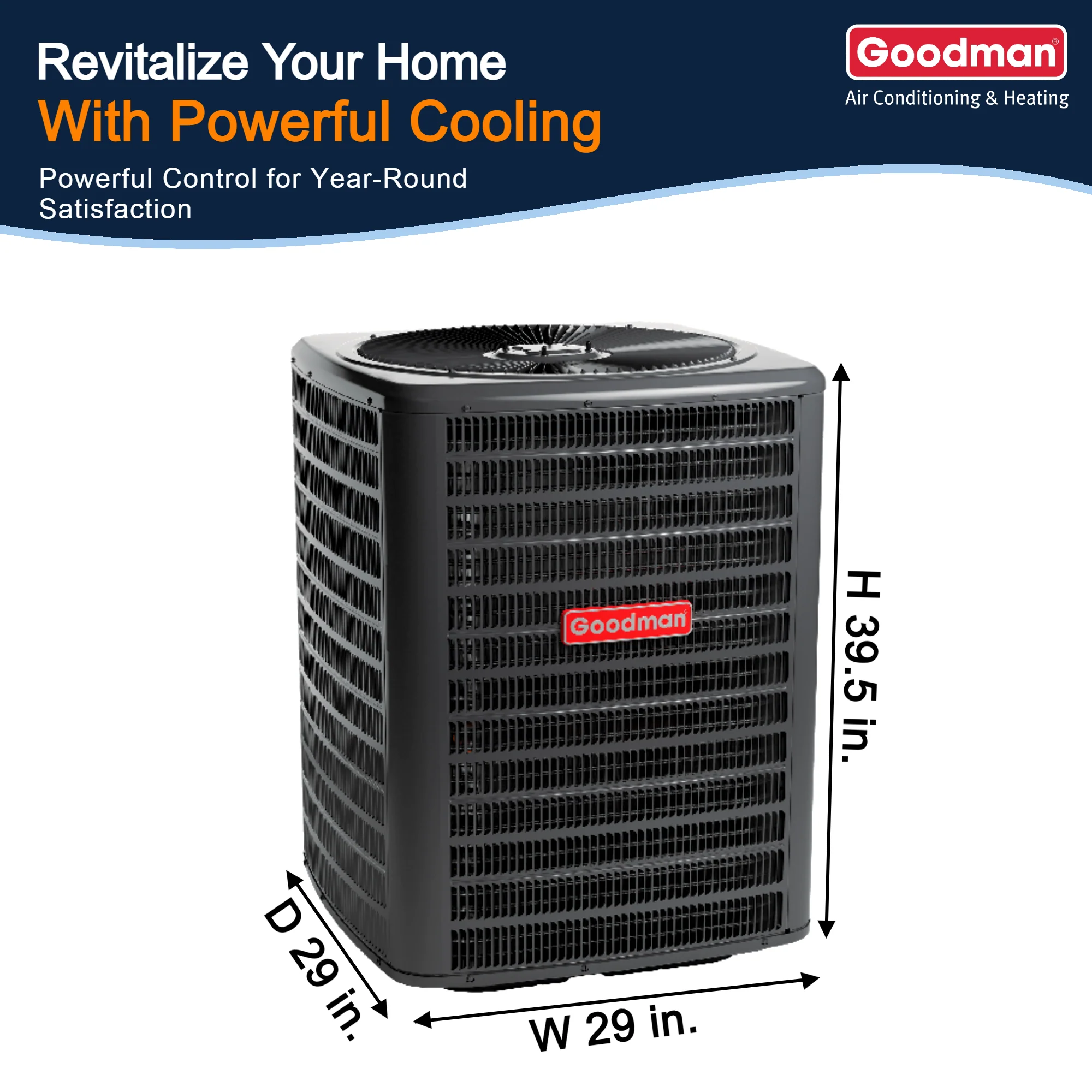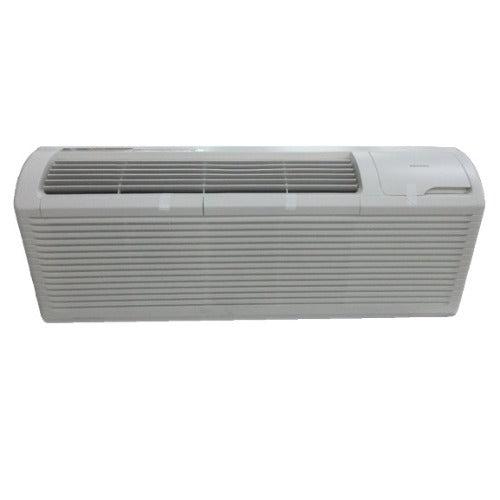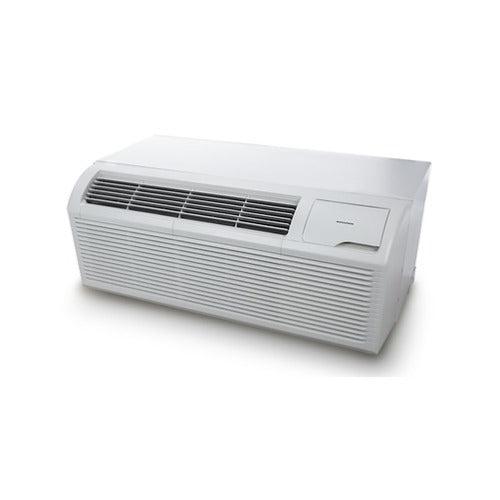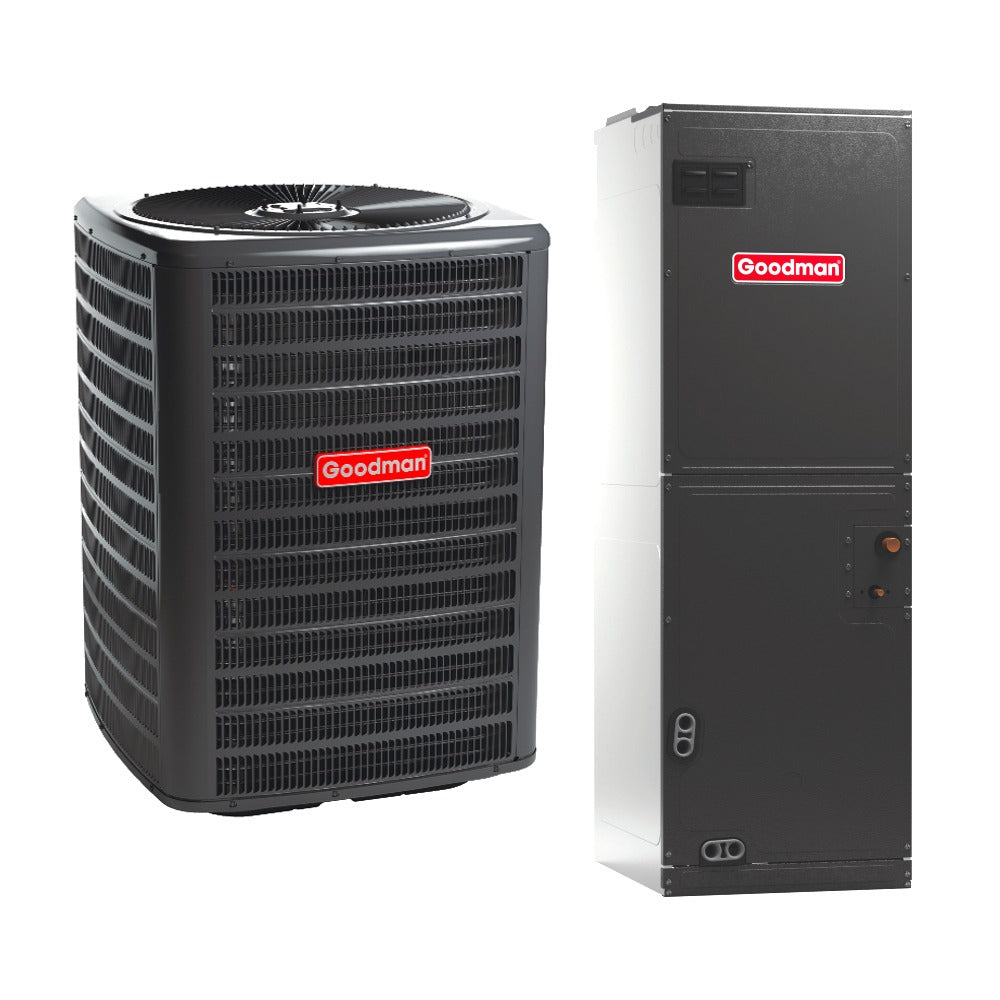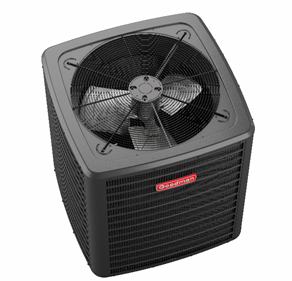Introduction: A New Refrigerant Era
If you're stepping into a 2025 install with an R-32 charged system like the Goodman GLXS4BA3610, you're not just changing refrigerant types—you're working in a new regulatory and safety environment. R-32 is an A2L refrigerant, meaning it’s mildly flammable and requires specific procedures, training, and tools to handle properly.
This guide is for HVAC technicians and installers who want to stay safe, code-compliant, and efficient while working with R-32 systems.
Understanding R-32: What You’re Working With
-
GWP: 675 (much lower than R-410A's 2088)
-
ASHRAE Classification: A2L – non-toxic, mildly flammable
-
Pressure Range: Similar to R-410A (but don’t assume your gauges are compatible)
-
Boiling Point: -52°F
Unlike older HFCs, R-32 is a single-component refrigerant with excellent heat transfer properties. It’s efficient, but the flammability risk changes the game when it comes to installation, service, and transportation.
Required Tools and Certifications
To work with R-32 legally and safely, you’ll need:
-
EPA 608 Certification – Type II or Universal
-
A2L-rated leak detector – calibrated and rated for low-concentration detection
-
R-32-compatible manifold gauges
-
R-32 recovery cylinders – these must be DOT-rated for A2L use
-
Digital charging scale – weigh-ins are a must with R-32
You should also follow safety guidance from industry resources like ASHRAE’s A2L refrigerant page and stay current on code changes.
Safe Installation Practices
1. Site Ventilation
Install systems in open or semi-open areas whenever possible. R-32 is heavier than air and can pool near the ground in enclosed spaces.
2. No Sparks or Open Flame
Do not use torches or hot work equipment near the refrigerant. Use a nitrogen purge during brazing and avoid live electrical work during charging.
3. Fire Extinguisher
Keep a Class B fire extinguisher on hand and know how to use it. In 20+ years I’ve never had to discharge one—but I’ve always carried it.
4. Avoid Overcharging
Unlike R-410A, R-32 is highly sensitive to overcharge. Use the exact manufacturer-specified charge, and verify via subcooling/superheat.
Leak Testing and Evacuation Protocol
Pressure Test:
Use dry nitrogen at 150–200 PSI. Hold for at least 30 minutes. R-32 leaks can be elusive—make sure your detector is A2L-rated.
Evacuation:
Pull a triple vacuum to 500 microns with a micron gauge. No shortcuts here—moisture and R-32 are a bad combination.
Safe Charging Procedures
-
Weigh Your Charge – Factory charge on the Goodman GLXS4BA3610 is good for 15 ft of line set. Add 0.6 oz per foot beyond that.
-
Avoid Blended Refrigerant Tools – Don’t reuse tools previously exposed to R-410A unless they’re thoroughly flushed.
-
Charge as Liquid – R-32 should be added to the suction line as a liquid using a metering device.
Need a reliable chart? Goodman offers refrigerant weight tables in their Goodman GLXS4BA3610 Installation Instructions.
Transportation and Storage Rules
-
Store cylinders upright and label with R-32 warning tags.
-
Do not store near sources of ignition or in non-ventilated trucks.
-
Use DOT-approved containers with visible A2L placards.
The U.S. Department of Transportation offers transport safety guidance for technicians and logistics teams.
Contractor Compliance Tips
-
Log all refrigerant weights and service dates per EPA guidance
-
Include R-32 charge data on your invoices and install records
-
Train junior techs in A2L safety protocols before they handle installs
Some state-level requirements may exceed federal rules. Stay current using AHRI's refrigerant policy updates.
Final Thoughts from the Field
Working with R-32 isn’t hard—but it is different. It forces you to be more careful, more calculated, and more aware. I’ve made it a point to re-train every tech on my team and ensure our van stock is updated for A2L work.
Do it right the first time, and R-32 will reward you with fewer callbacks, cleaner installs, and long-term customer satisfaction.
Stay sharp, stay safe.

